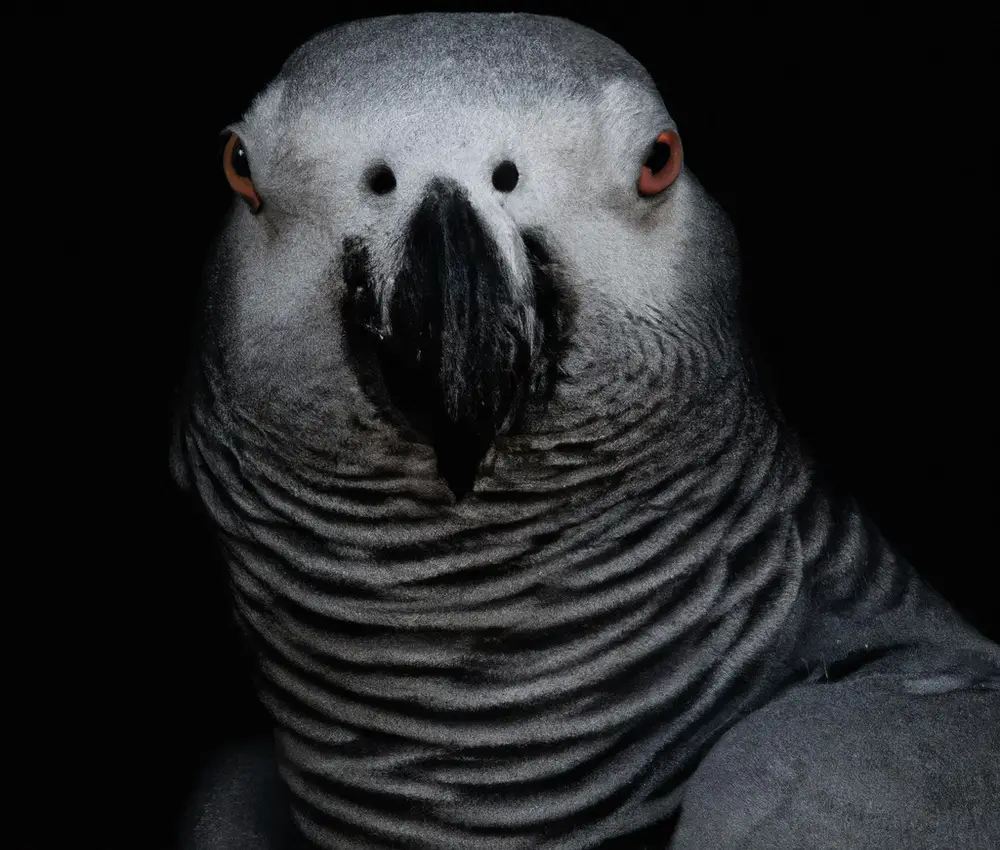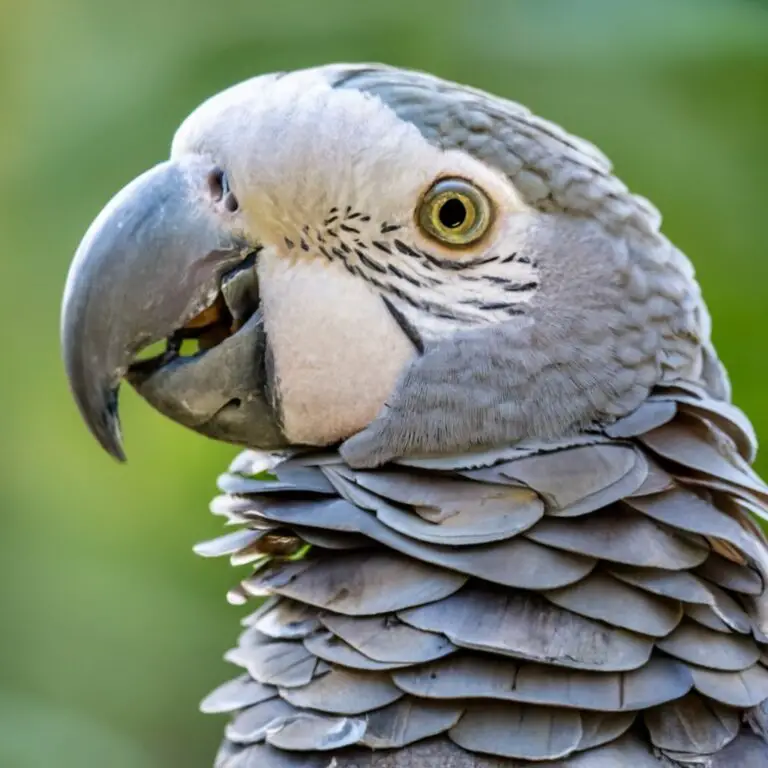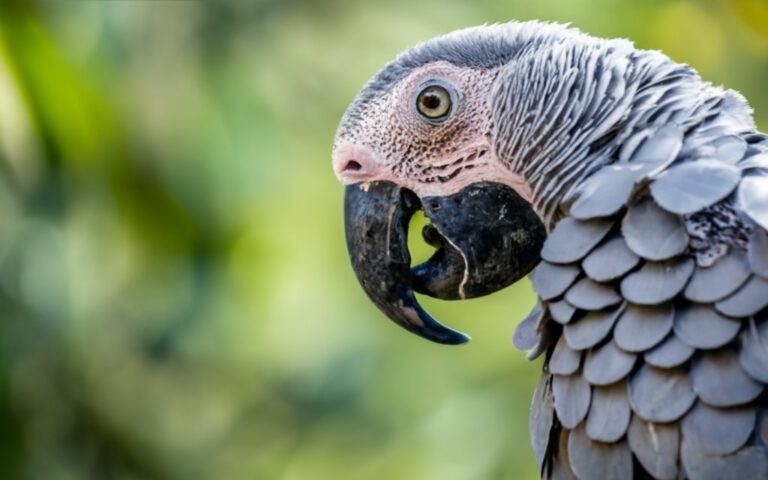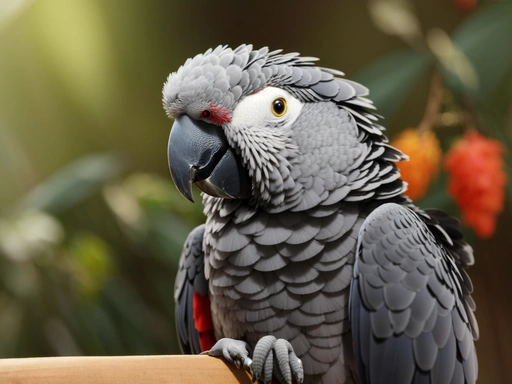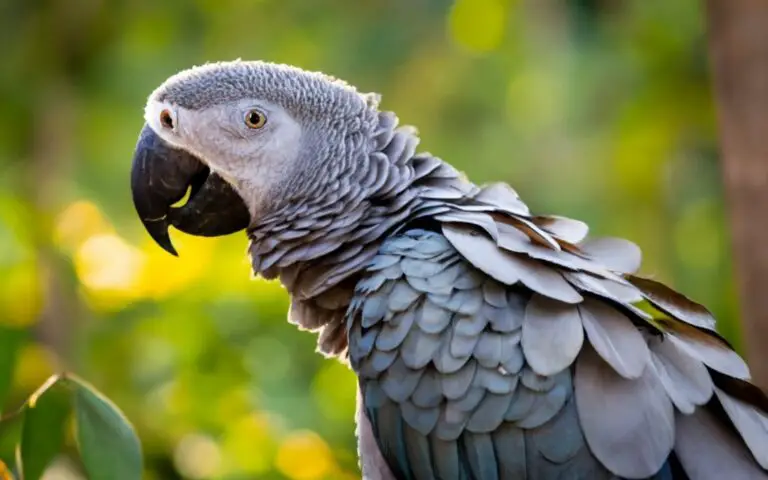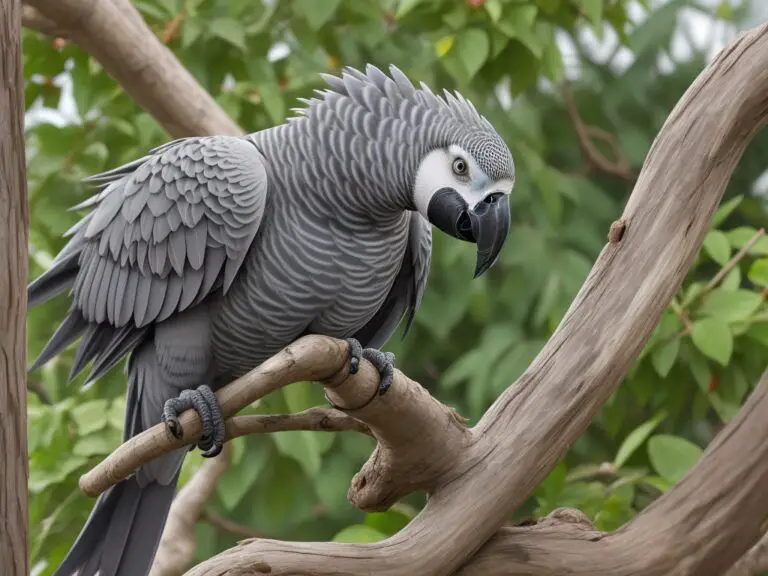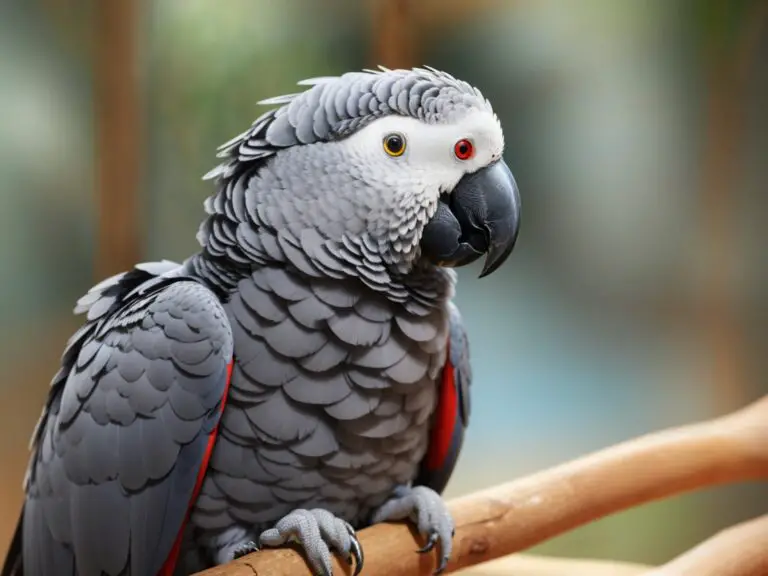How Do I Handle Aggressive Behavior In My African Grey Parrot?
Key Takeaways:
- Understand the triggers: Identify the factors that may provoke aggression in your African Grey Parrot.
- Set clear boundaries: Establish consistent rules and boundaries to prevent or manage aggressive behavior.
- Positive reinforcement: Use positive reinforcement techniques to encourage good behavior and discourage aggression.
- Seek professional help: Consult with an avian behaviorist or veterinarian for expert guidance on dealing with aggressive behavior in African Grey Parrots.
Do you have an African Grey Parrot who sometimes exhibits aggressive behavior?
Don’t fret, you’re not alone.
Dealing with aggression in our beloved feathered friends can be challenging, but with the right knowledge, tools, and techniques, it is possible to create a more harmonious environment.
In this article, we’ll delve into the signs of aggression in African Grey Parrots, identify common triggers, and explore various methods to address and manage aggressive behavior.
So if you’re ready to establish a stronger bond with your feathery companion, let’s get started!
| Behavior | Handling Technique |
| Aggressive posturing (fluffed feathers, raised wings, dilated pupils) | Slowly back away and avoid eye contact. Give the parrot space and time to calm down. |
| Biting | Refrain from reacting with fear or anger. Remain calm and firmly say “no” or “stop”. Redirect the bird’s attention to a safer object. |
| Screaming | Identify the cause of the screaming (e.g., boredom, attention-seeking) and address it appropriately. Implement a consistent daily routine and provide mental stimulation. |
| Feather plucking | Consult a veterinarian to rule out any underlying health issues. Address any environmental stressors and provide engaging toys and activities. |
| Aggression during cage cleaning | Use positive reinforcement techniques to encourage the bird to go to a designated perch or area while cleaning. Gradually increase the duration of cleaning sessions. |
Understanding Aggressive Behavior in African Grey Parrots
Aggressive behavior in African Grey Parrots can be better understood by looking at the signs, triggers, and common types of aggression they may display.
Signs of Aggression in African Grey Parrots
African Grey Parrots can display certain signs of aggression. These may include biting, lunging, screaming, feather plucking, and territorial behavior.
They may also show signs of fear or stress, such as fluffing their feathers, hissing, or retreating to a corner.
Recognizing these behaviors is important in addressing and managing their aggression effectively.
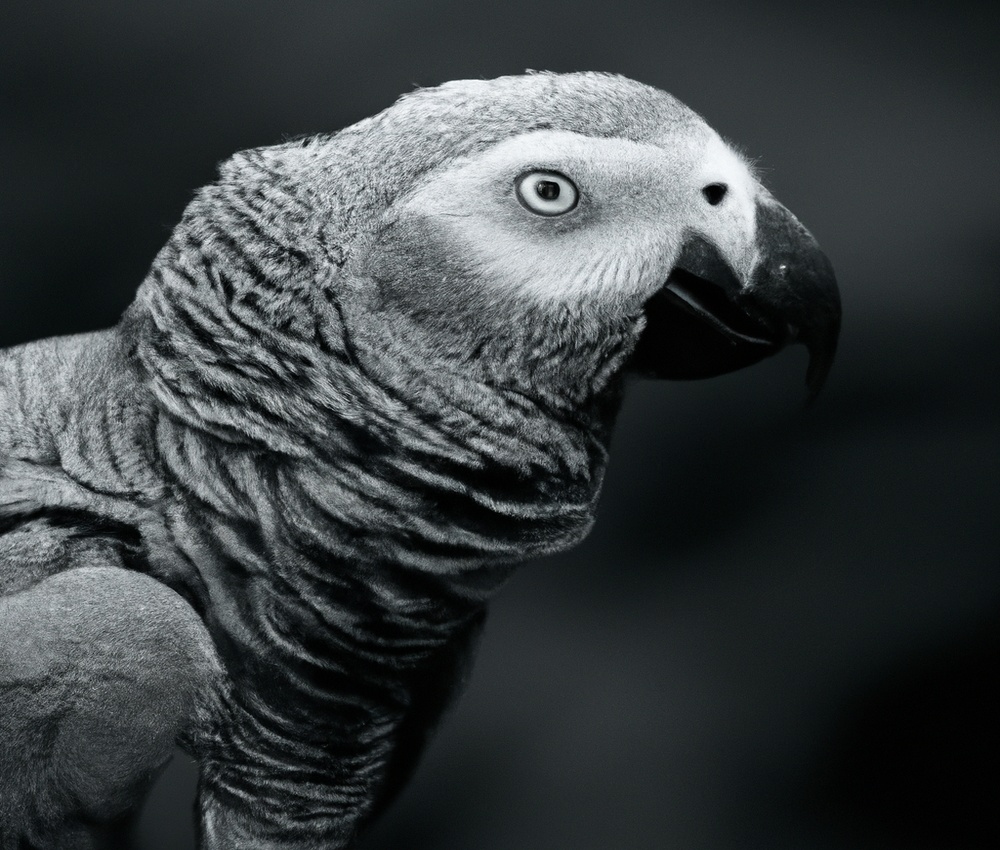
Identifying Triggers for Aggression in African Grey Parrots
Identifying triggers for aggression in African Grey Parrots is essential in order to address and manage this behavior effectively.
Some common triggers include:
- Fear or perceived threat: Parrots may become aggressive if they feel scared or threatened by certain situations, objects, or people.
- Lack of socialization: African Grey Parrots are social animals, and a lack of proper socialization can lead to aggression towards humans or other pets.
- Environmental stressors: Changes in the environment, such as noise, new additions to the household, or disruptions to their routine, can trigger aggression in African Grey Parrots.
- Hormonal changes: During breeding season, hormonal changes can result in territorial aggression. It’s important to be aware of these periods and take appropriate measures.
By observing your parrot’s behavior and noting any patterns or triggers, you can begin to identify the specific factors that provoke aggression.
This knowledge will help you create a strategy to address the aggression and create a safe and comfortable environment for your African Grey Parrot.
Common Types of Aggressive Behavior in African Grey Parrots
African Grey Parrots can exhibit a range of aggressive behaviors, including biting, lunging, and hissing. They may also display territorial aggression, where they become defensive of their cage or certain areas in the house.
Another common type is possessive aggression, where they guard their food or toys.
Finally, some African Grey Parrots may show fear-based aggression, reacting aggressively when they feel threatened or scared. Understanding these behaviors is essential in managing and addressing aggression in African Grey Parrots.
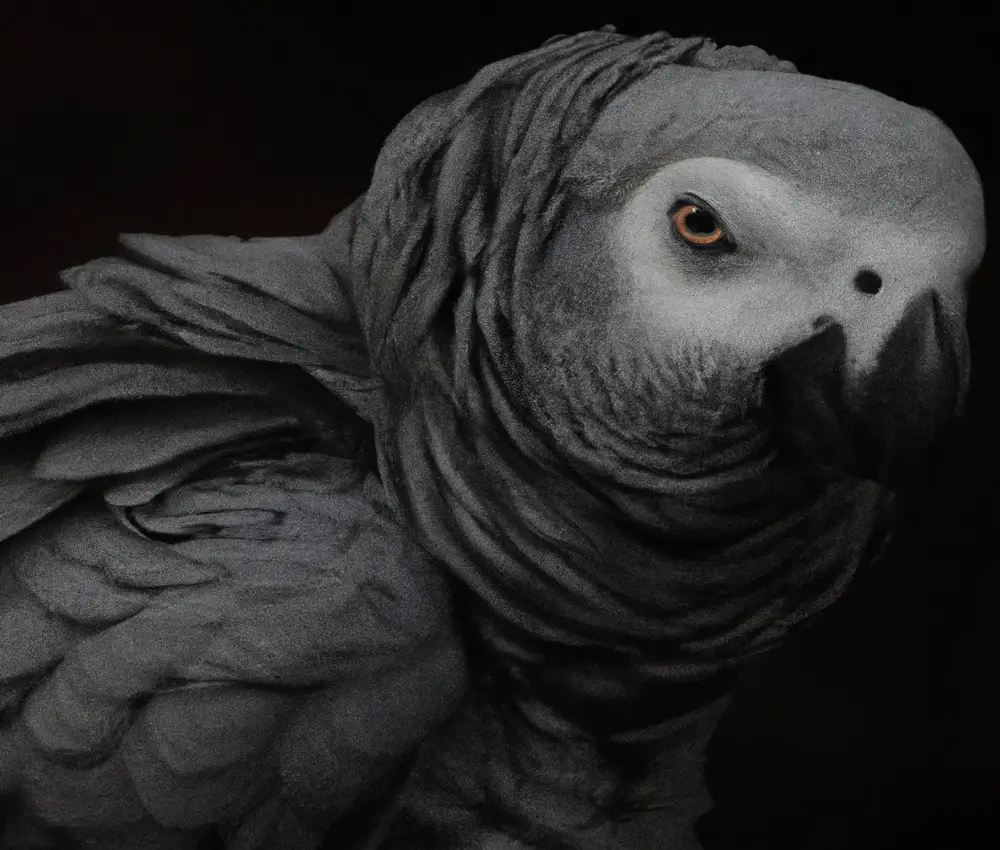
Creating a Safe Environment for Your African Grey Parrot
To create a safe environment for your African Grey Parrot, focus on providing adequate cage space, offering enrichment, and establishing a consistent daily routine.
Providing Adequate Cage Space for Your African Grey Parrot
One of the most important aspects of caring for your African Grey Parrot is providing adequate cage space.
Your parrot needs enough room to move around, stretch its wings, and engage in natural behaviors.
Aim for a cage that is at least 3 feet tall, 2 feet wide, and 2 feet deep to ensure your parrot has enough space.
It’s also important to include perches, toys, and other enrichments to keep your parrot stimulated and happy.
Offering Enrichment and Mental Stimulation for Your African Grey Parrot
To provide enrichment and mental stimulation for your African Grey Parrot, you can offer a variety of toys and puzzles that encourage foraging and problem-solving.
Rotate the toys frequently to keep their interest.
Additionally, provide opportunities for social interaction, such as regular playtime outside of the cage and supervised interactions with other friendly pets.
Regular training sessions using positive reinforcement techniques can also engage their mind and promote bonding with you.
Establishing a Consistent Daily Routine for Your African Grey Parrot
To establish a consistent daily routine for your African Grey Parrot, make sure to provide regular feeding times and stick to a consistent schedule. Set a dedicated time for play, exercise, and training sessions to keep your parrot mentally stimulated.
Creating a structured routine will help your African Grey feel secure and reduce the chances of aggressive behavior.
Positive Reinforcement Training Techniques
Positive reinforcement training techniques are highly effective in addressing aggressive behavior in African Grey Parrots.
Using Desensitization and Counterconditioning to Address Aggression
To address aggression in your African Grey Parrot, using desensitization and counterconditioning techniques can be effective. This involves gradually exposing your parrot to the triggers of aggression in a controlled manner while providing positive reinforcement for calm behavior.
By doing so, you can help your parrot associate the triggers with positive experiences and reduce their aggressive responses.
Remember, patience and consistency are key when implementing these techniques.
Implementing Clicker Training with Your African Grey Parrot
Clicker training is a popular and effective positive reinforcement technique used to train African Grey Parrots.
Here’s how you can implement it:
- Choose a clicker: Select a small clicker that makes a distinct sound. This sound will serve as a marker for your parrot’s correct behavior.
- Associate the clicker with rewards: Start by associating the clicker sound with a tasty treat. Click the clicker and immediately give your parrot a treat. Repeat this several times until your parrot understands that the click means a reward is coming.
- Mark desired behaviors: Once your parrot associates the clicker with rewards, use it to mark the exact moment your parrot exhibits the desired behavior. For example, if you want your parrot to step up onto your hand, click the moment its foot touches your hand and reward it immediately.
- Reinforce the behavior: Consistently reward your parrot with treats, verbal praise, or head scratches each time it performs the desired behavior after the click. This positive reinforcement encourages your parrot to repeat the behavior.
- Shape new behaviors: Gradually shape new behaviors by “capturing” or “chaining” them. Click and reward small steps towards the desired behavior, gradually requiring your parrot to perform more complex actions before receiving a reward.
Remember, clicker training should always be done in short and positive sessions.
Be patient and consistent with your training, and you’ll see your African Grey Parrot eagerly performing desired behaviors.
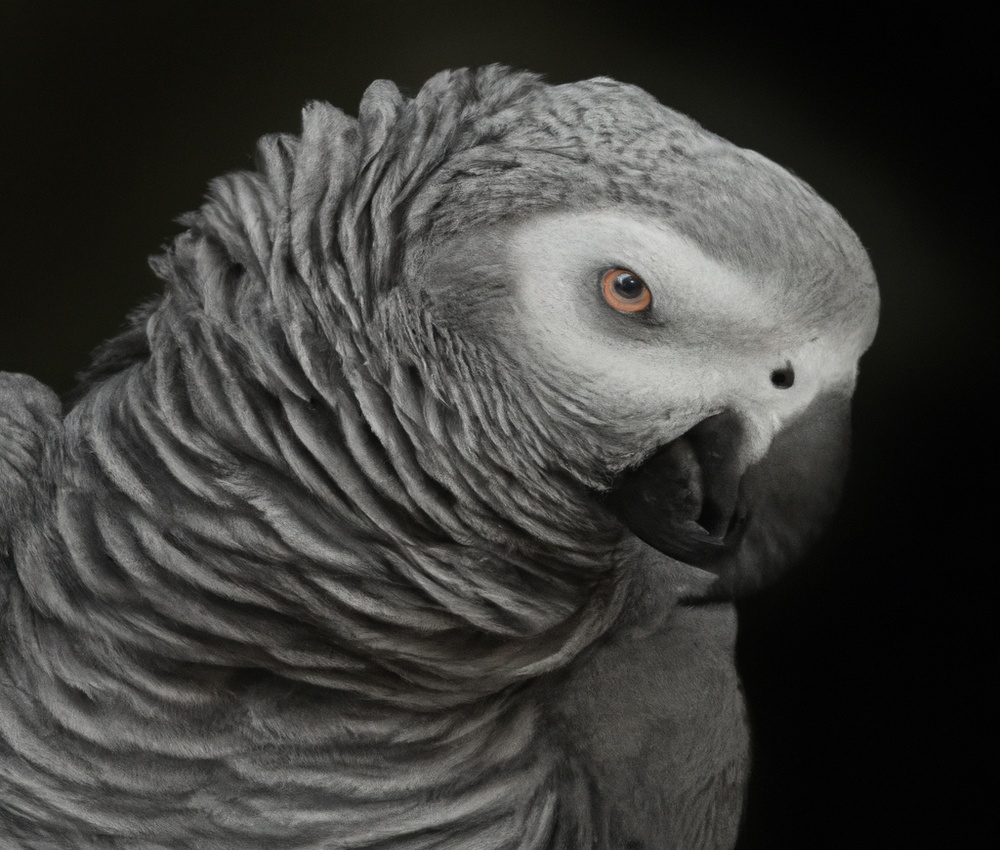
Rewarding Calm Behavior and Redirection Techniques
Rewarding calm behavior and using redirection techniques are effective strategies for addressing aggression in African Grey Parrots.
When your parrot displays calm behavior, such as sitting quietly or not engaging in aggressive behaviors, it’s important to reward them with praise, treats, or a favorite toy.
This positive reinforcement helps to reinforce the desired calm behavior and encourages your parrot to continue behaving in a non-aggressive manner.
Additionally, redirection techniques can be used to redirect your parrot’s attention away from the triggering stimuli that may lead to aggression.
For example, if your parrot starts showing signs of aggression towards a particular object or person, you can redirect their focus by offering them a toy or engaging them in a different activity.
This helps to shift their attention and divert their aggressive behavior towards a more positive outlet.
Handling Aggressive Behavior in African Grey Parrot Towards Humans
When your African Grey Parrot exhibits aggressive behavior towards humans, it’s important to address it promptly and safely.
Recognizing Aggression Towards Owners or Household Members
Recognizing aggression towards owners or household members is important for the well-being and safety of both you and your African Grey Parrot.
Some signs of aggression may include biting, lunging, hissing, feather-raising, and displaying aggressive body language, such as fluffing up feathers or pinning the eyes.
Pay attention to any sudden changes in behavior or signs of discomfort when interacting with your parrot.
It’s essential to be aware and take appropriate action to prevent any harm or escalation of aggressive behavior.
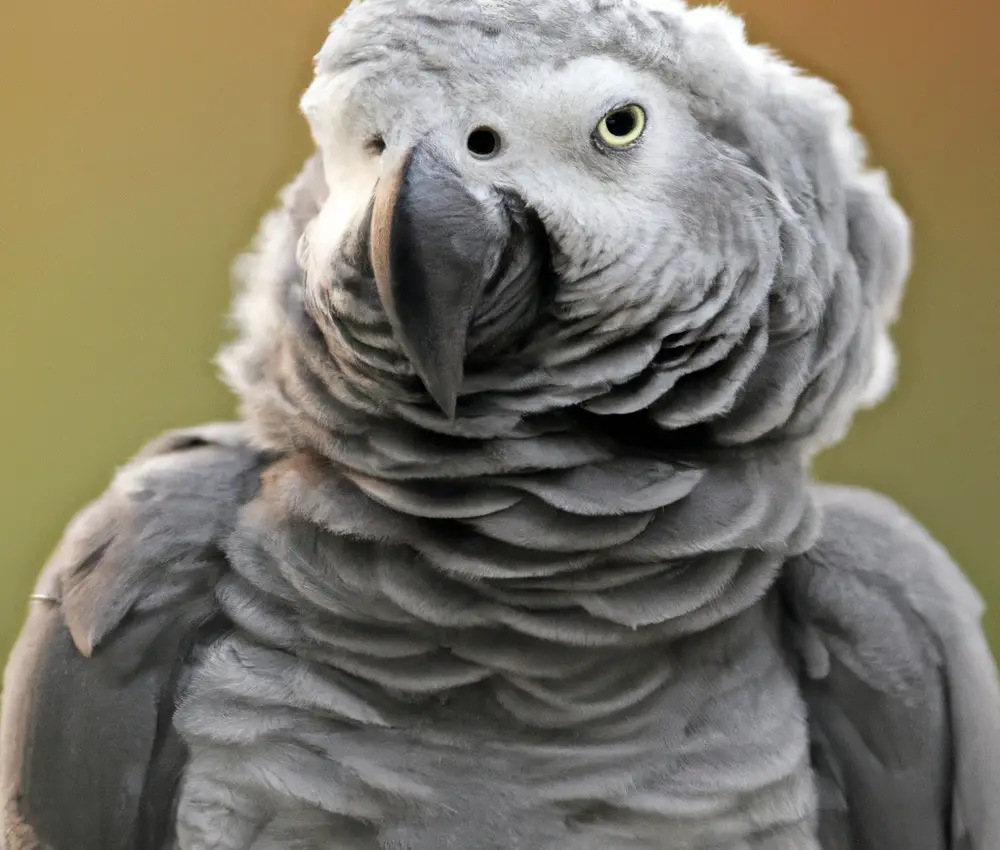
Safely Responding to Aggressive Incidents
If your African Grey Parrot displays aggressive behavior towards you or others, it’s important to respond safely and appropriately. Here are a few tips to help you handle these incidents:
- Stay calm: It’s crucial to remain calm and composed when faced with an aggressive incident. Avoid reacting with fear or anger, as this can escalate the situation further.
- Give them space: If your parrot is acting aggressively, step back and give them some space. This can help diffuse the tension and prevent any potential harm.
- Avoid punishment: Punishment can lead to fear and anxiety in your parrot, which may worsen their aggressive behavior. Instead, focus on positive reinforcement training techniques to address aggression in a more effective way.
- Use redirection: When your parrot displays aggression, redirect their attention to a more appropriate activity or behavior. Offer them a favorite toy or treat to divert their focus and reinforce positive behavior.
- Seek professional help: If your parrot’s aggression persists or worsens over time, it’s essential to consult with an avian veterinarian or a professional animal behaviorist who specializes in parrots. They can provide guidance specific to your parrot’s needs and help you address the issue effectively and safely.
Addressing Aggression Towards Other Pets
Introducing your African Grey Parrot to other pets properly ensures a smoother transition.
Supervising interactions and using positive reinforcement can help prevent aggressive behavior towards other pets.
Introducing Your African Grey Parrot to Other Pets Properly
When introducing your African Grey Parrot to other pets, it’s important to take things slowly and carefully. Here are a few steps to follow:
- Start with separate spaces: Initially, keep your parrot and other pets in separate rooms or cages. This allows them to become acquainted with each other’s presence without direct interaction.
- Gradual introductions: Once your parrot and other pets are comfortable with each other’s presence, you can gradually introduce them by supervised interactions. Start with short sessions and gradually increase the duration.
- Neutral territory: For the first few interactions, choose a neutral space where none of the pets feel territorial. This can help reduce the chances of aggression.
- Positive reinforcement: Reward both your parrot and other pets for calm and non-aggressive behavior during the interactions. Use treats and praise to reinforce positive associations.
- Close supervision: Always closely monitor the interactions between your parrot and other pets. Be ready to intervene if any aggressive behavior or signs of distress occur.
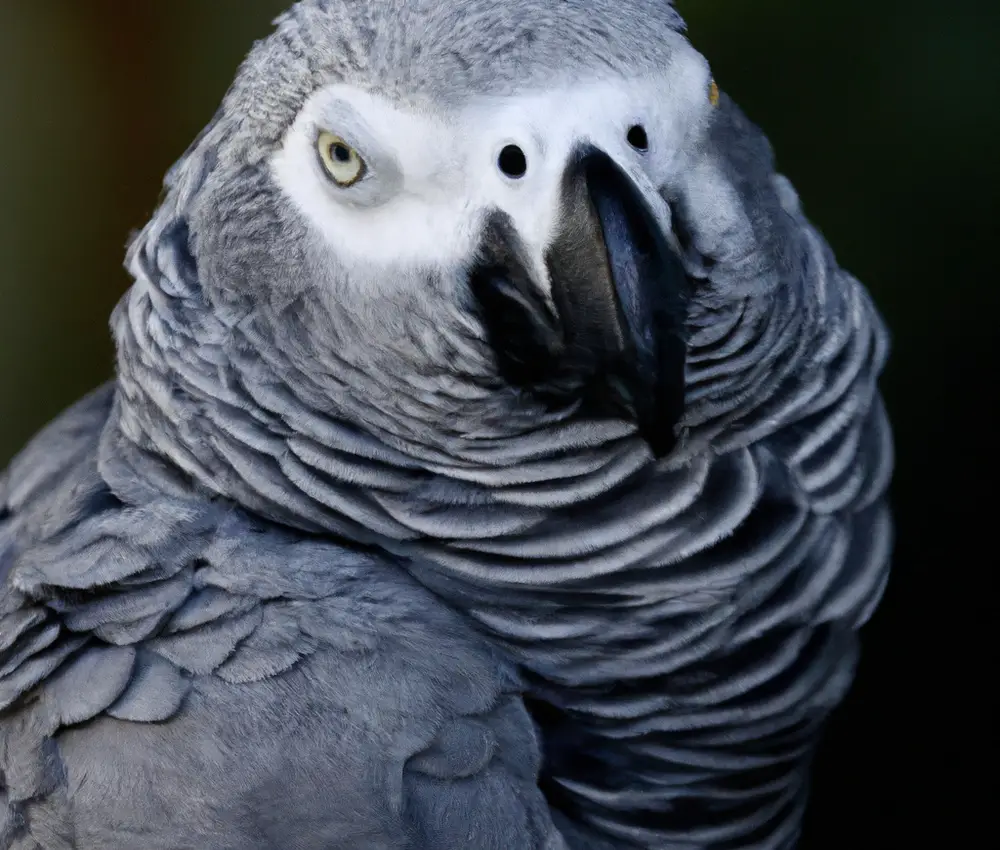
Using Positive Reinforcement to Foster a Peaceful Coexistence
Positive reinforcement is a powerful tool for promoting a peaceful coexistence with your African Grey Parrot.
Here’s how to do it:
- Reward desired behaviors: When your parrot displays calm and non-aggressive behavior towards other pets, immediately reward them with treats or praise. This reinforces the positive behavior and encourages them to continue behaving peacefully.
- Use redirection: If your parrot starts showing signs of aggression towards other pets, gently redirect their attention to a more appropriate activity or object. This helps to shift their focus away from aggression and towards a positive behavior.
- Create a peaceful environment: Provide plenty of space and resources for each pet to avoid competition and territorial disputes. Ensure each pet has their own toys, food bowls, and resting areas to prevent conflicts over resources.
- Supervise interactions: When allowing your parrot and other pets to interact, closely monitor their behavior. If any signs of aggression arise, separate them immediately and provide a time-out period for both pets. This helps them understand that aggression is not acceptable behavior.
Remember, positive reinforcement works best when consistently applied.
By rewarding good behavior and redirecting negative behavior, you can help your African Grey Parrot develop a peaceful coexistence with other pets.
Frequently Asked Questions about Handling Aggressive Behavior in African Grey Parrots
Can African Grey Parrots be aggressive towards strangers?
African Grey Parrots can indeed exhibit aggression towards strangers.
This behavior is often a result of fear or territoriality.
It’s important to create a safe and positive environment for your parrot to help minimize their aggression towards unfamiliar people.
With proper training and socialization, you can help your African Grey Parrot become more comfortable and less aggressive towards strangers.
How long does it take to train an African Grey Parrot out of aggressive behavior?
Training an African Grey Parrot out of aggressive behavior can take time and patience.
The duration can vary depending on the bird’s individual temperament, previous experiences, and the consistency of training.
It’s important to remember that every parrot is different, so there’s no specific timeline.
However, with consistent training and positive reinforcement techniques, you can gradually see improvements in their behavior over weeks or even months.
It’s crucial to work with an experienced bird behaviorist or trainer to ensure the best results.
Final Verdict
Understanding and addressing aggressive behavior in African Grey Parrots is crucial for creating a safe and harmonious environment for both the bird and its owners.
By recognizing the signs and triggers of aggression, providing a suitable living space, offering mental stimulation, and implementing positive reinforcement training techniques, owners can effectively manage and reduce aggressive behavior.
It is essential to handle aggression towards humans and other pets with caution, following safety protocols and seeking professional guidance if needed.
With patience, consistency, and a proactive approach, owners can cultivate a peaceful bond with their African Grey Parrots and ensure a happy and fulfilling life for their feathered companions.

